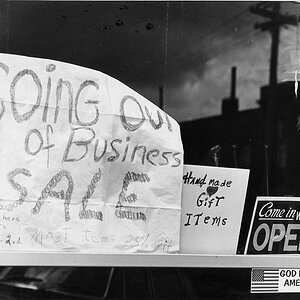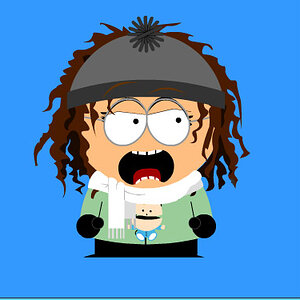jmtonkin
No longer a newbie, moving up!
- Joined
- May 6, 2011
- Messages
- 446
- Reaction score
- 81
- Location
- Minnesota, South Dakota (for school)
- Can others edit my Photos
- Photos OK to edit
Hey all,
I'm looking at getting a ND filter, but I don't know what size to get. I read somewhere that this one person suggests getting a 77mm one so it will fit all of your lenses. That makes sense, but if I'm taking a 30sec. exposure, I don't want to hold the filter up against the lens for that long. I'd be afraid of blur.
So, my question: for those of you with lenses of different sizes, how do you decide what size filter size to get?
Sent from my iPhone using Tapatalk
I'm looking at getting a ND filter, but I don't know what size to get. I read somewhere that this one person suggests getting a 77mm one so it will fit all of your lenses. That makes sense, but if I'm taking a 30sec. exposure, I don't want to hold the filter up against the lens for that long. I'd be afraid of blur.
So, my question: for those of you with lenses of different sizes, how do you decide what size filter size to get?
Sent from my iPhone using Tapatalk


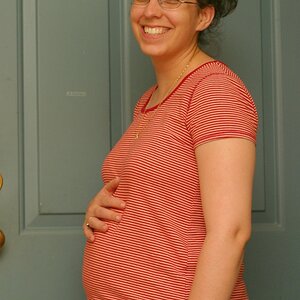
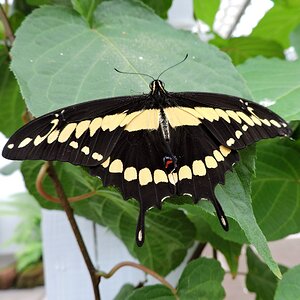

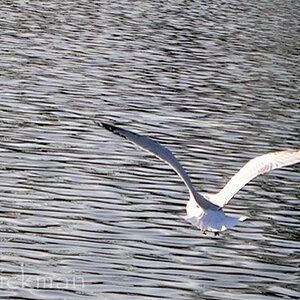

![[No title]](/data/xfmg/thumbnail/32/32716-bd7f0a0030263f160d995f8547043458.jpg?1619735621)


